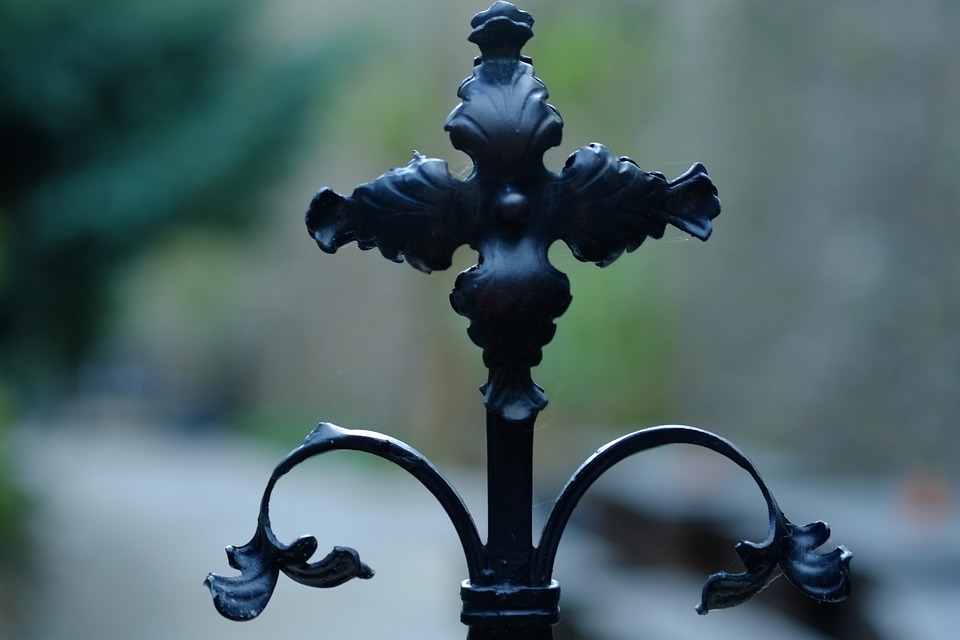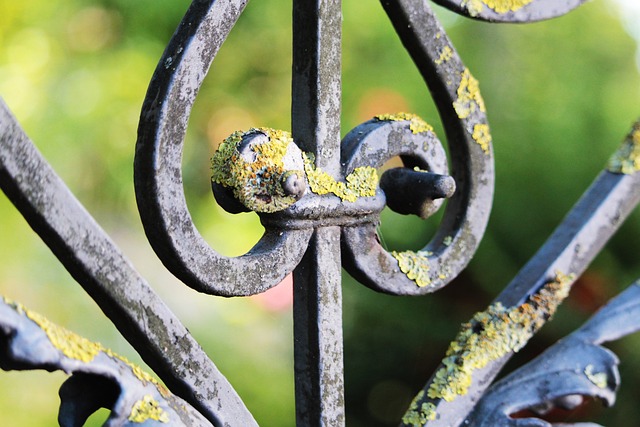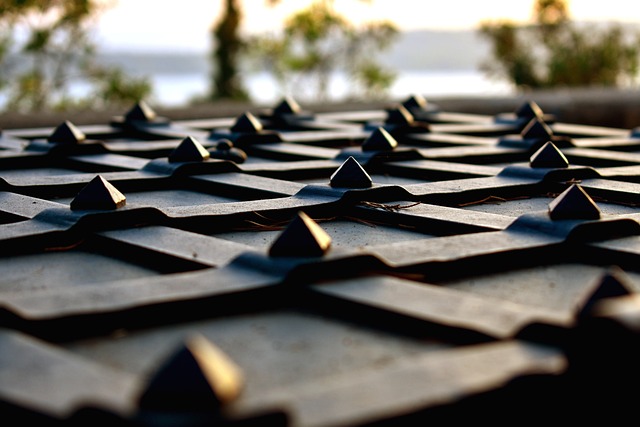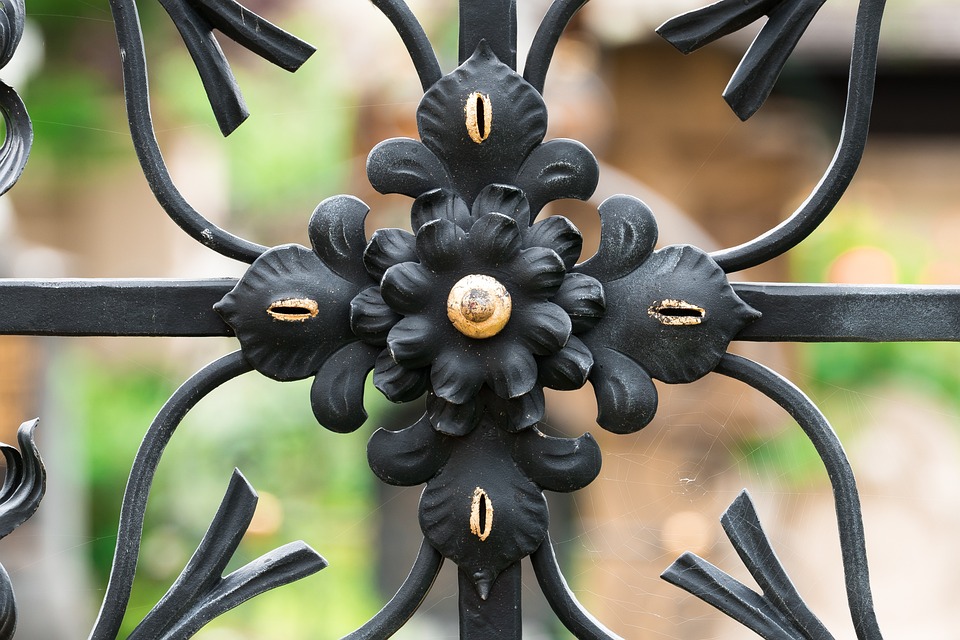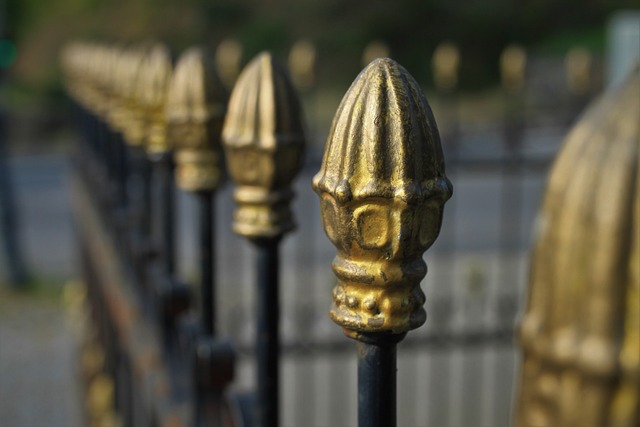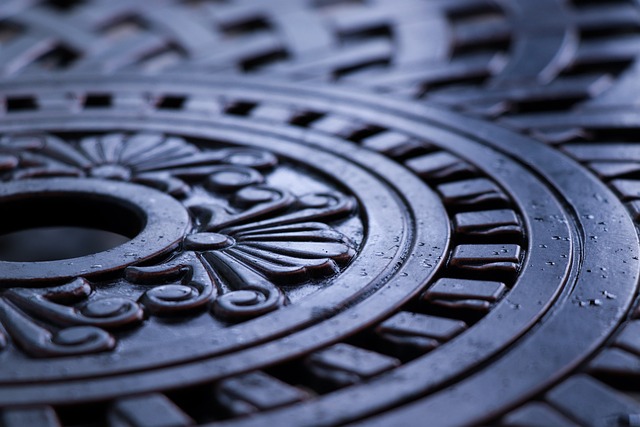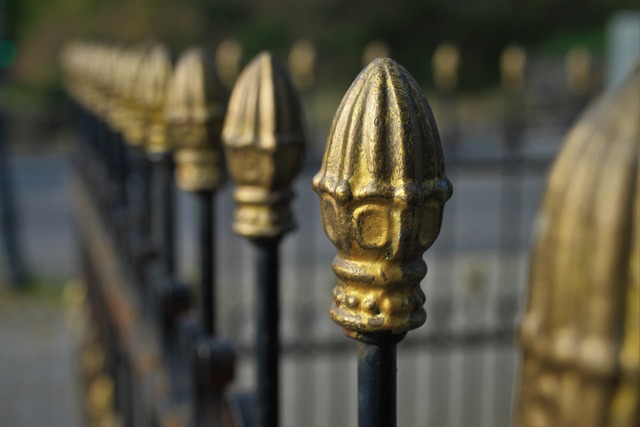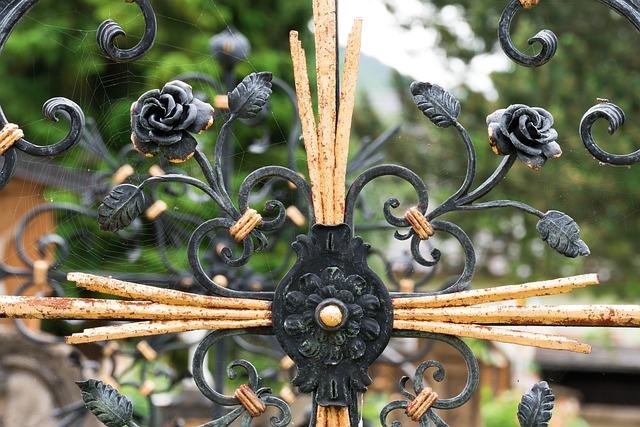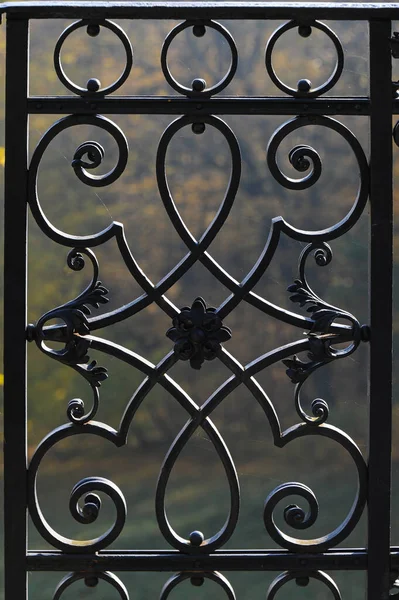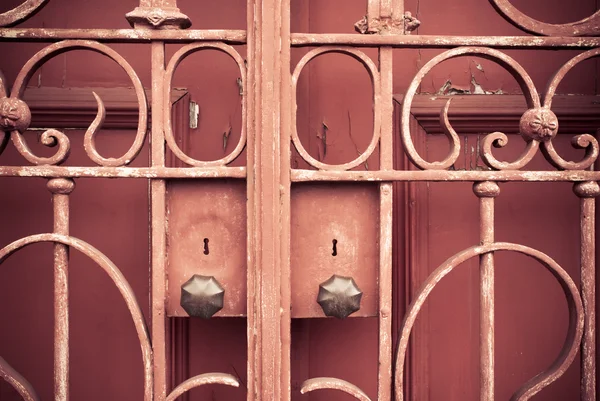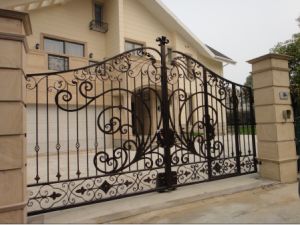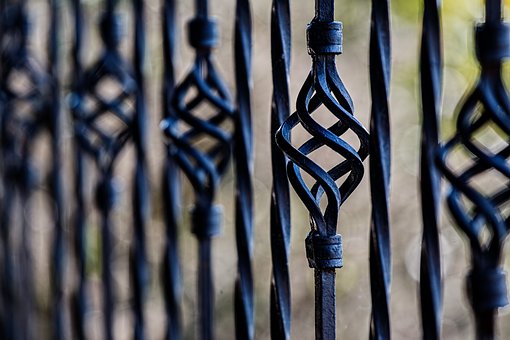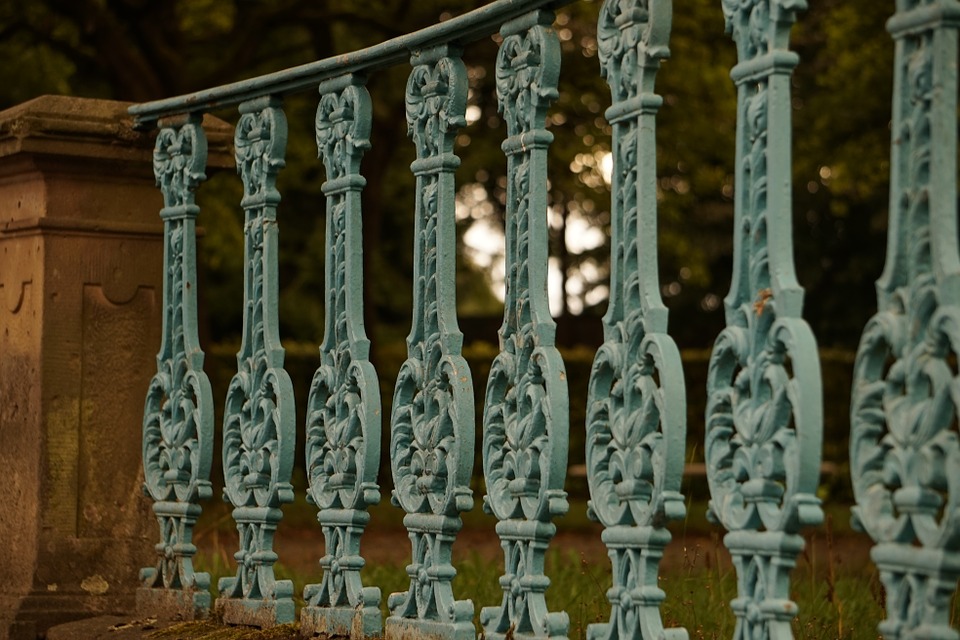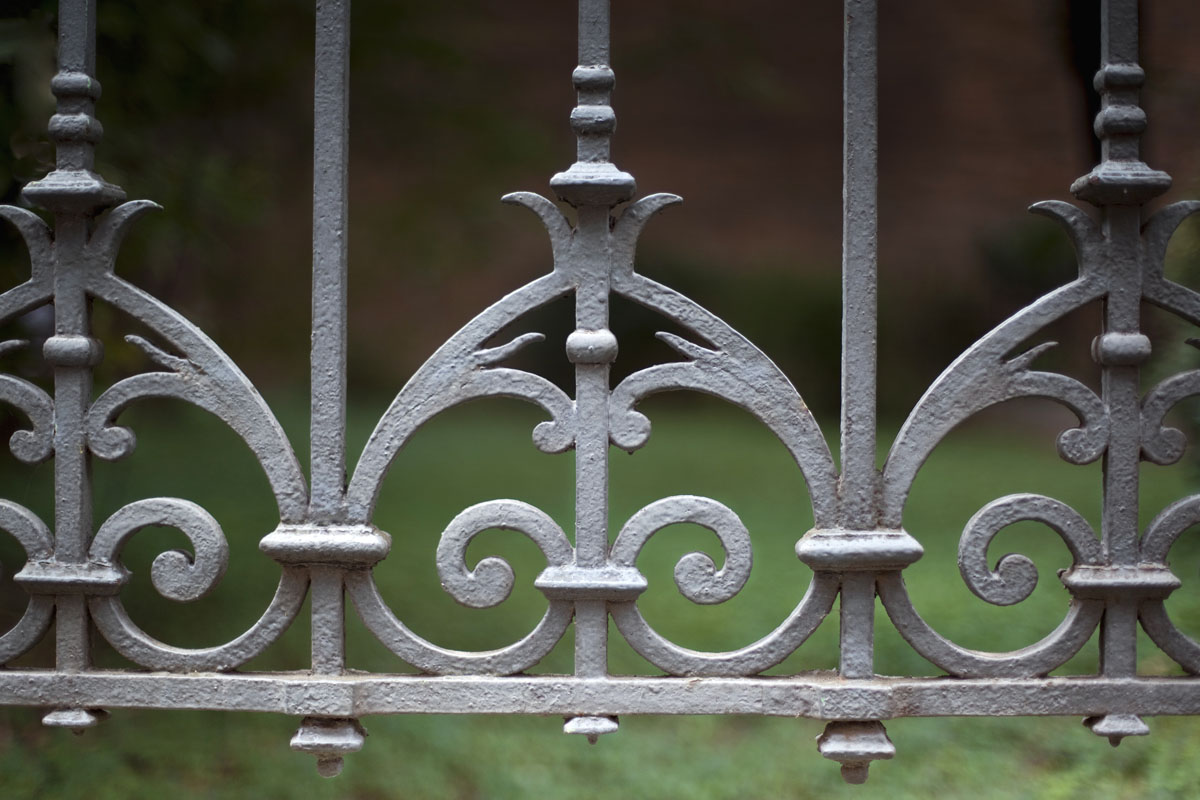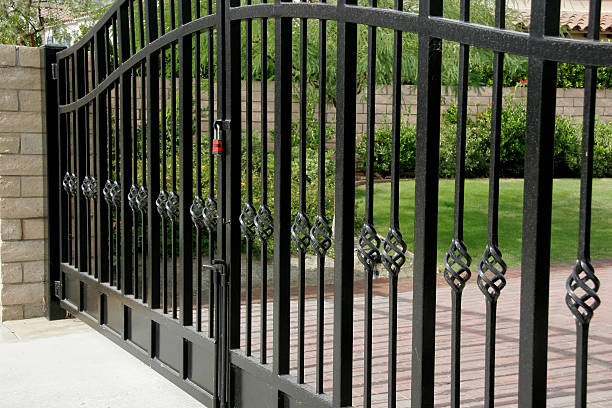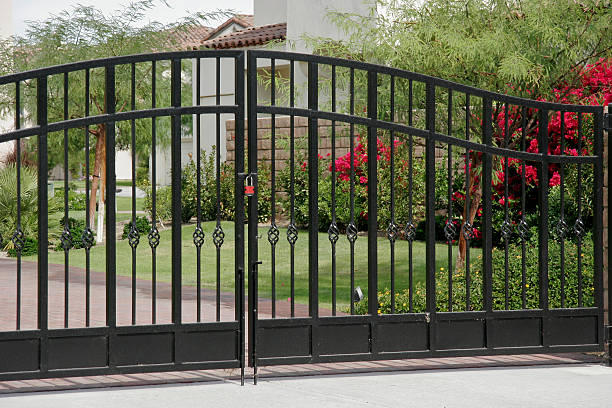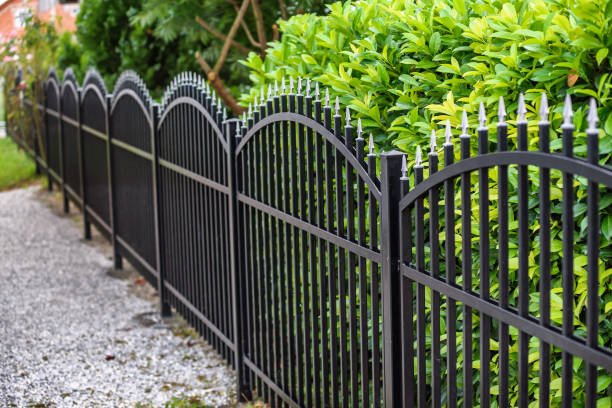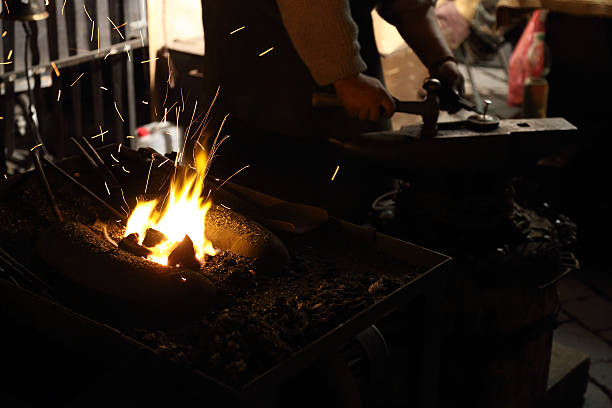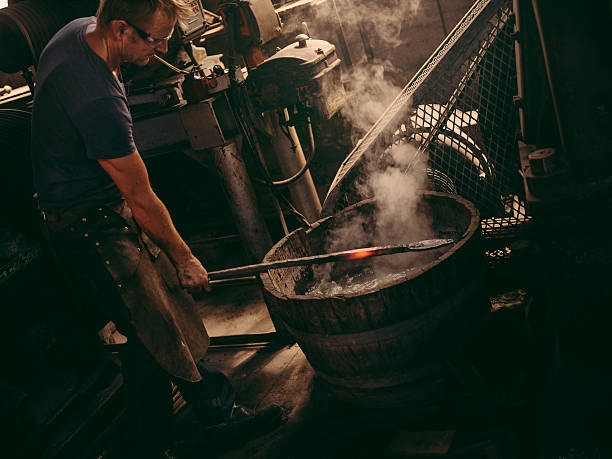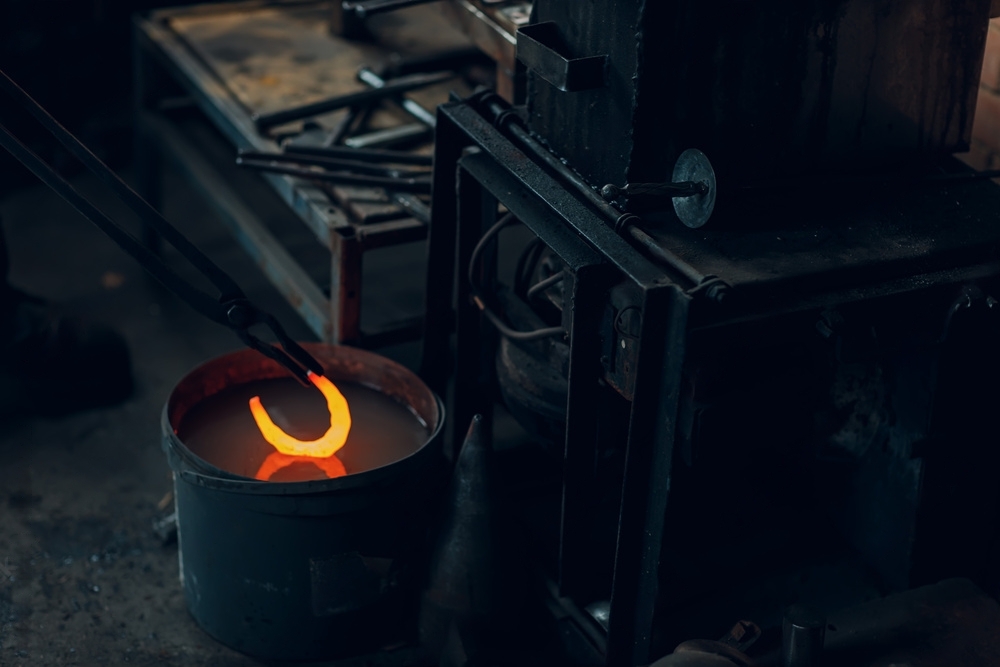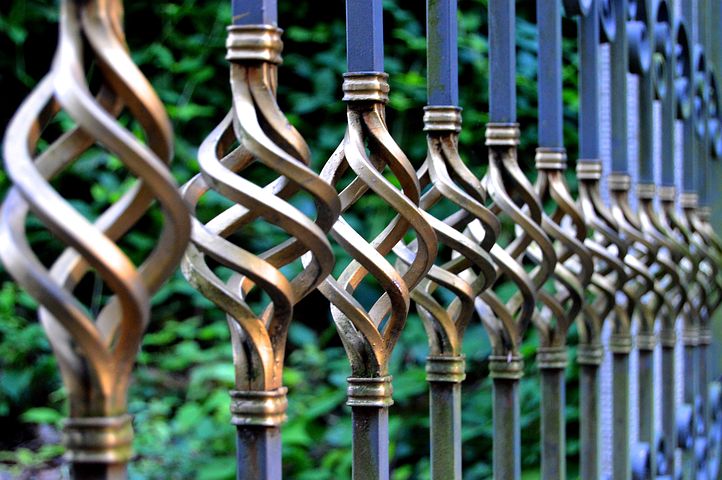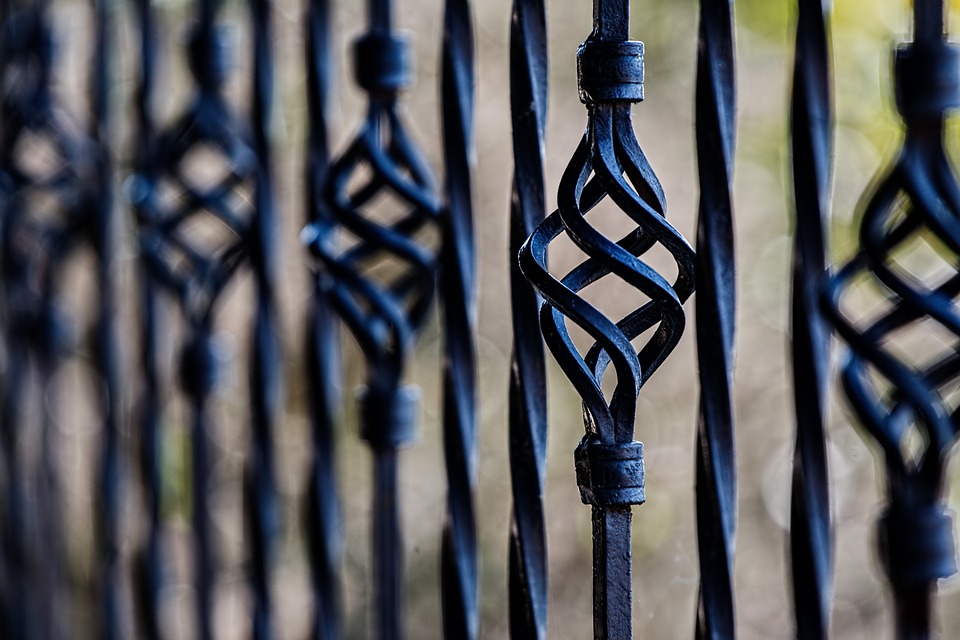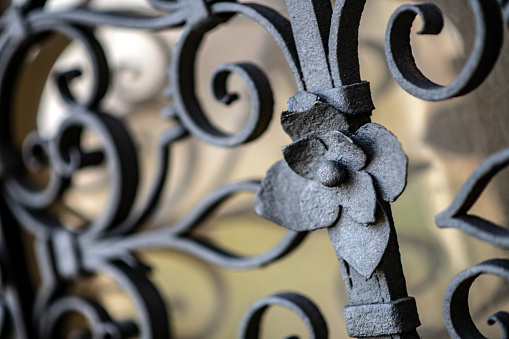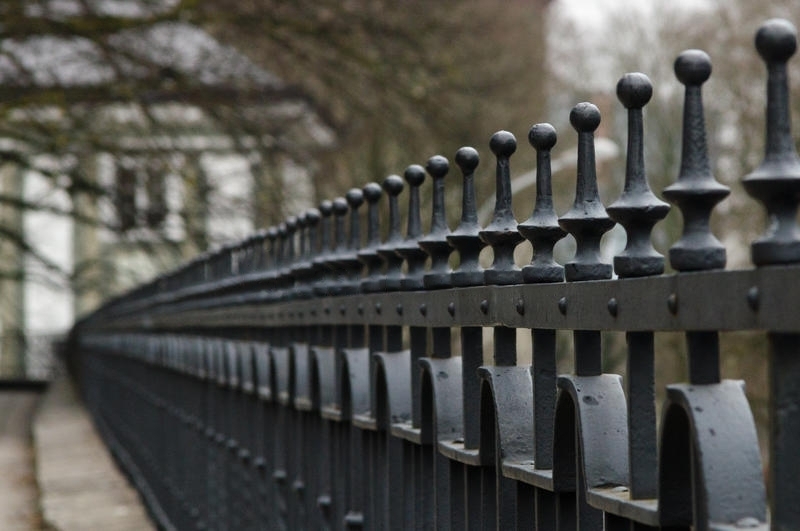History of Wrought Iron Types
Wrought iron is a type of iron that has been used for centuries for a variety of purposes. The history of wrought iron can be traced back to the ancient times when it was first discovered that iron could be worked into different shapes and forms.

- The origins of wrought iron can be traced back to ancient civilizations such as the Hittites, who are believed to have discovered ironworking around 1500 BC.
- During the Middle Ages, wrought iron became more widely used in Europe for a variety of purposes.
- By the 18th century, wrought iron had become an important material for the construction of buildings and bridges.
- The popularity of wrought iron continued to grow throughout the 19th and early 20th centuries.
- Wrought iron was also used in the construction of ships and trains, as well as in the production of tools and machinery.
- Today, wrought iron is still used for decorative purposes, and it is valued for its beauty and durability.
